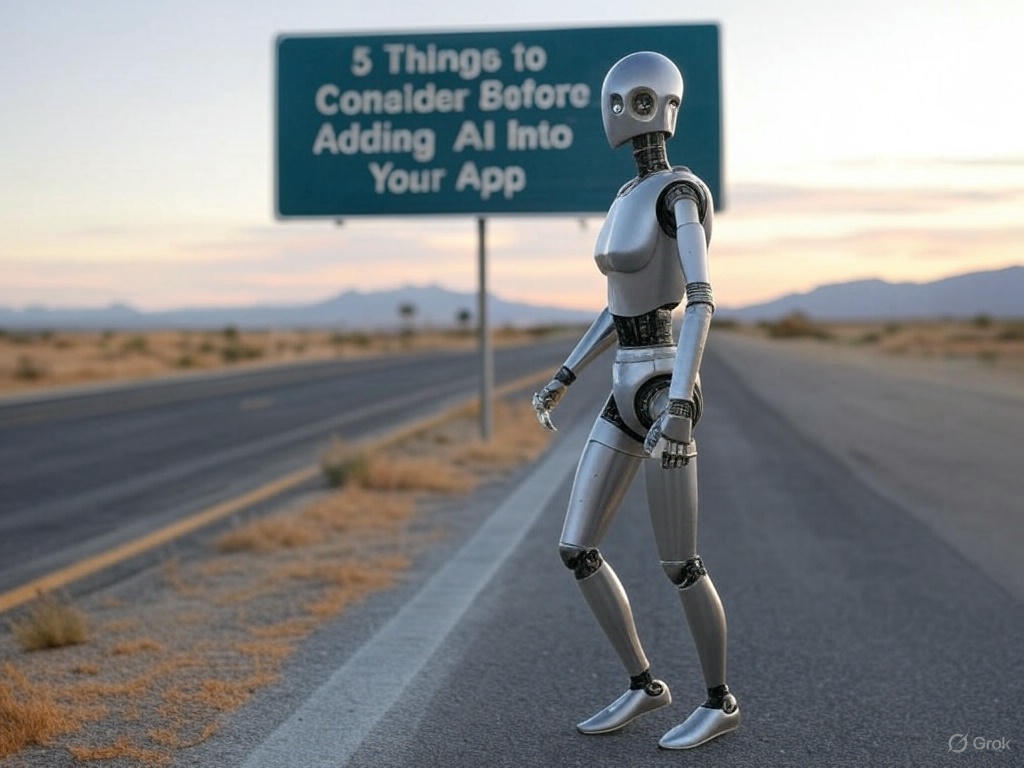Wednesday, September 11, 2024
-
5
min
Are Virtual Reality and Augemented Reality Finally Having Their Moment? A Look at Emerging Trends
For years, the conversation around augmented reality (AR) and virtual reality (VR) has ebbed and flowed. The technology isn’t exactly new—it’s been evolving for some time. But lately, there’s been a noticeable shift in the discourse around AR/VR, sparking a wave of renewed interest. So, what’s changed? Why does it feel like AR/VR is becoming more relevant now than ever before?
In this article I'm going to take a closer look at some of the key trends driving this momentum.
1. Apple Vision Pro: A Gateway to the AR/VR World
The arrival of Apple’s Vision Pro this year has been one of the most talked-about developments in the AR/VR space. Whether you love or hate the device, there’s no denying its potential to reshape how we think about this technology.
What makes the Vision Pro significant isn’t just its hardware; it’s the ecosystem it connects to. VisionOS, the operating system powering the Vision Pro, is based on Apple’s familiar iOS. For developers, this is a game-changer. It means that porting existing iPhone and iPad apps to Vision Pro is relatively straightforward, minimizing the friction of adopting an entirely new platform.
Furthermore, tools like ReactVision’s Viro and Callstack’s React Native VisionOS libraries make Vision Pro development accessible to a broader community, particularly React Native developers. This opens up the platform to a wide range of developers, reducing the entry barrier to creating AR/VR applications and fostering innovation in the space.
2. Form Factor: Lighter, More Comfortable Devices
One of the most persistent barriers to widespread AR/VR adoption has been the bulky, uncomfortable headsets. Many early devices were heavy, cumbersome, and not designed for prolonged use. Wearing one for more than 30 minutes? Forget about it.
That’s changing. Recent devices, such as Meta’s latest Quest series and the Apple Vision Pro, have become lighter and more comfortable, making them more suitable for extended use. This improvement in ergonomics, combined with significant upgrades in screen quality, is crucial. It opens the door to new use cases beyond short bursts of entertainment or niche applications.
For the first time, users can envision wearing these headsets for more practical, everyday tasks—whether it’s for work, collaboration, or education. The ability to use AR/VR for longer periods without discomfort is a key driver of its growing appeal.
3. AI Integration: Enhancing Usability
Artificial intelligence is poised to play a pivotal role in the adoption of AR/VR technologies. As AI continues to advance, especially in natural language processing, it can greatly enhance the way users interact with AR/VR devices.
Voice control, powered by AI, is becoming an increasingly viable way to navigate and interact with mixed reality environments. Imagine simply speaking instructions to your headset and having it respond instantly—this makes the technology far more accessible and user-friendly. While we’re still in the early stages, Apple’s vision for AI (as seen in features like Apple Intelligence on its phones) hints at the potential for seamless integration with Vision Pro.
Meta is also making strides with its AI assistant, which already works across their apps (WhatsApp, Instagram, Messenger) and on their Ray-Ban glasses. As AI capabilities improve, the need for cumbersome hand gestures or controllers may diminish, making AR/VR technology more intuitive and accessible for a broader audience.
4. A Glimpse into the Future
There are still many open questions about the long-term future of AR and VR. What will be the societal impacts of wearing a computer on your face for extended periods? Will AR or VR become a mainstream computing platform, or will it remain confined to niche industries and specific use cases?
While we may not have all the answers yet, one thing is clear: AR and VR are having a moment. The convergence of more user-friendly hardware, an accessible development ecosystem, and AI-driven advancements are bringing this technology closer to mass adoption than ever before.
For businesses and developers, now is the time to explore the possibilities that AR and VR offers. Whether it’s in gaming, healthcare, education, or enterprise solutions, the potential is vast. The question is no longer if AR or VR will take off but when.
So, what do you think? Are you seeing an increase in AR or VR projects or discussions in your field? This technology may finally be ready to deliver on its promises, and I’m excited to see where it goes from here.
Looking to add AR or VR to your React Native app? Morrow’s experts can help you integrate cutting-edge tech like VisionOS and Viro for immersive experiences. Let’s bring your app to the next level - contact us today!




.jpg)








